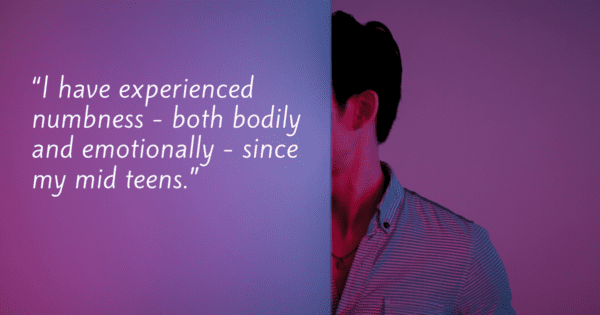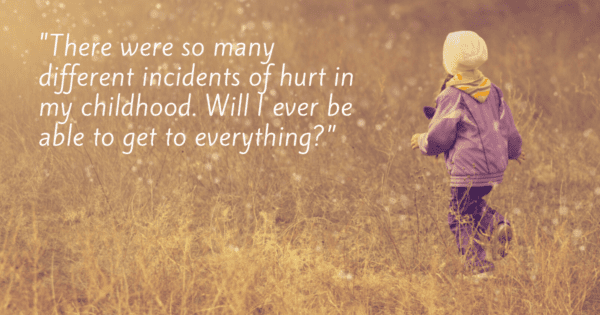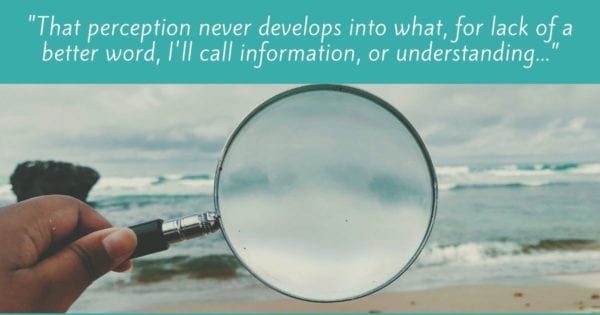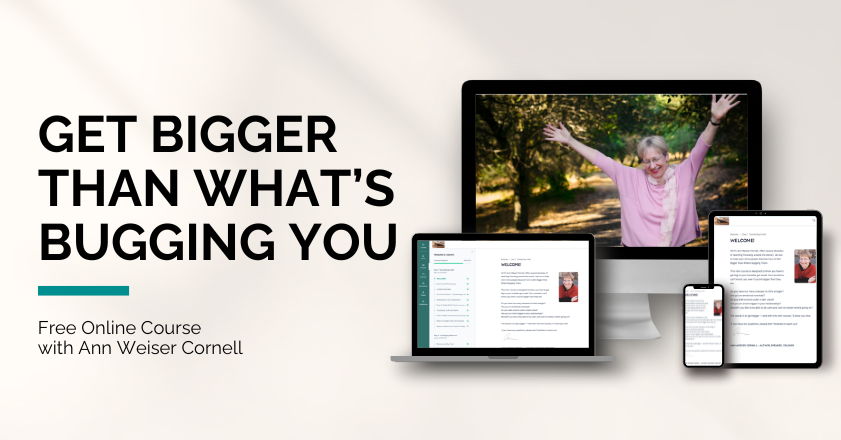“What about sensing what the part likes or doesn’t like?”
Judy writes: “Yesterday during my Focusing partnership session, while I was the Companion, the Focuser was having some difficulty sensing an emotional quality or what it was like for a part from its point of view. As an experiment, I asked her to see if it felt right to sense what the part liked or didn’t like. What do you think about using like/not like in Focusing? Perhaps in certain circumstances? Just curious.”
Dear Judy,
It’s great to invent new invitations! Sitting there with the person, tuned in and listening attentively, you are in the best position of all to allow inventive possibilities to bubble up. Anything that is offered to the Focuser in the spirit of “check if this might bring something” is certainly a possibility.
I’ve heard Focusers who said to the Companion before the session, “Be inventive, feel free to experiment.” With that kind of permission you have all the scope you need to try things out.
But let me also take a step back and talk about the commonest reason why a Focuser might be having difficulty sensing an emotional quality or what it is like for a part from its point of view. Hint: It’s not about what comes next, it’s about what went before.
I’ve witnessed countless Focusing sessions where the Focuser was sensing something that could be described and felt but that went no further…and attempts to sense what it wanted to say, or how it felt from its point of view, went nowhere. Invariably, what I see in those sessions is not enough time and contact in the earlier parts of the session.
When something in the Focuser is trying to go too quickly, that is what gets us into dead-end alleys that go nowhere. Because the parts that we are trying to be with don’t feel safe and don’t feel enough connected with.
Sensing and describing and checking the descriptions
Those early parts of a Focusing sessions, the stage that I call “Making Contact,” form the foundation for everything that happens later. A bit of extra time spent in the Making Contact stage can enable all the rest of the process to flow forward easily and smoothly.
Checking the first descriptions that come, back with the body… sensing if that says it all, or if there is more… sensing if it is OK to just be with this and keep it company… and if it is at all tender or shy, sensing the kind of contact it needs from you (the Focuser) right now.
It is out of this fuller and fuller contact that the Focuser will naturally begin to sense how IT feels from its point of view. If the earlier stages happen fully, the later stages will hardly need to be prompted.
So if I’m working with someone who says, “I can’t get its emotion. I don’t know what it feels from its point if view,” then where I want to go is backward, not forward. “OK, see if it’s OK to just be with it. … Maybe see if it still feels like _____, or if that changed.”
Another nice one is, let’s say it feels tight: “You might want to sense what kind of ‘tight’ it feels like.”
I have found that taking a step back makes forward go more easily… just like going slowly is the fastest way to make progress.






